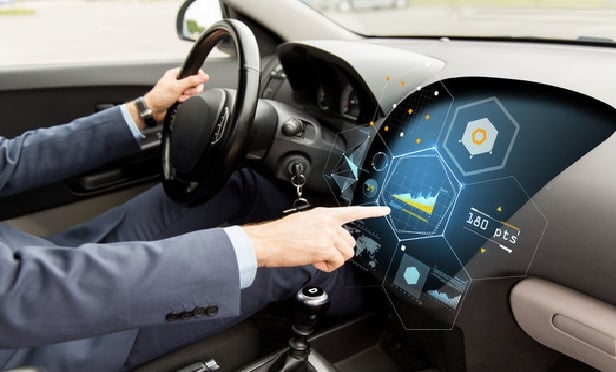 More advanced vehicles are now tracking the useful life of a car's engine oil, wear on brake pads, and alerting drivers to hazards. The logical next step from an insurer's perspective is to tie that data to your insurance premium. (Syda Productions/Shutterstock.com)
More advanced vehicles are now tracking the useful life of a car's engine oil, wear on brake pads, and alerting drivers to hazards. The logical next step from an insurer's perspective is to tie that data to your insurance premium. (Syda Productions/Shutterstock.com)
The insurance community is in the midst of figuring out the future of distribution. Some say embedded insurance will be a key factor going forward, while others want to make insurance "more relevant" and get closer to the consumer, like McKinsey's report that discusses "re-establishing their vital role in customers' lives." Some are taking the approach of heavily investing in the prevention side through the use of Internet of Things (IoT) devices or telematics, but do consumers want to think about insurance more often?
Recommended For You
Want to continue reading?
Become a Free PropertyCasualty360 Digital Reader
Your access to unlimited PropertyCasualty360 content isn’t changing.
Once you are an ALM digital member, you’ll receive:
- Breaking insurance news and analysis, on-site and via our newsletters and custom alerts
- Weekly Insurance Speak podcast featuring exclusive interviews with industry leaders
- Educational webcasts, white papers, and ebooks from industry thought leaders
- Critical converage of the employee benefits and financial advisory markets on our other ALM sites, BenefitsPRO and ThinkAdvisor
Already have an account? Sign In Now
© 2025 ALM Global, LLC, All Rights Reserved. Request academic re-use from www.copyright.com. All other uses, submit a request to [email protected]. For more information visit Asset & Logo Licensing.








